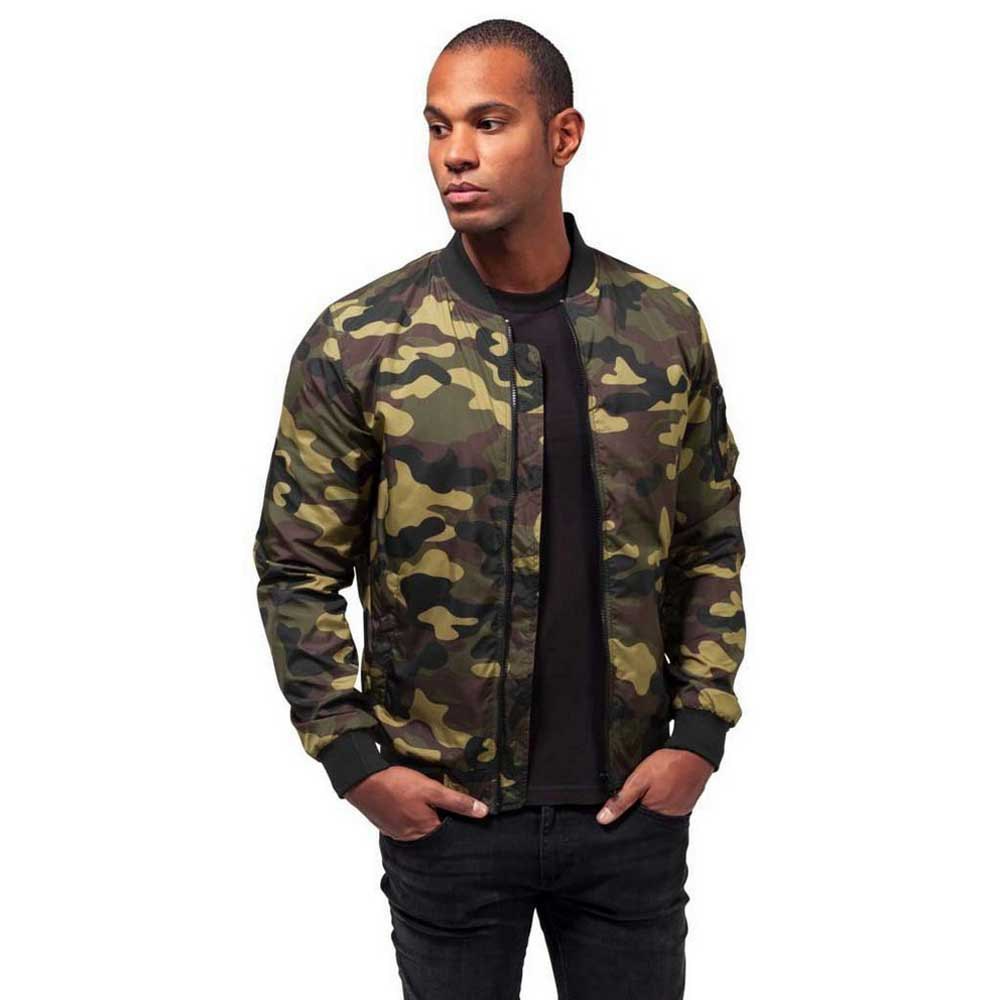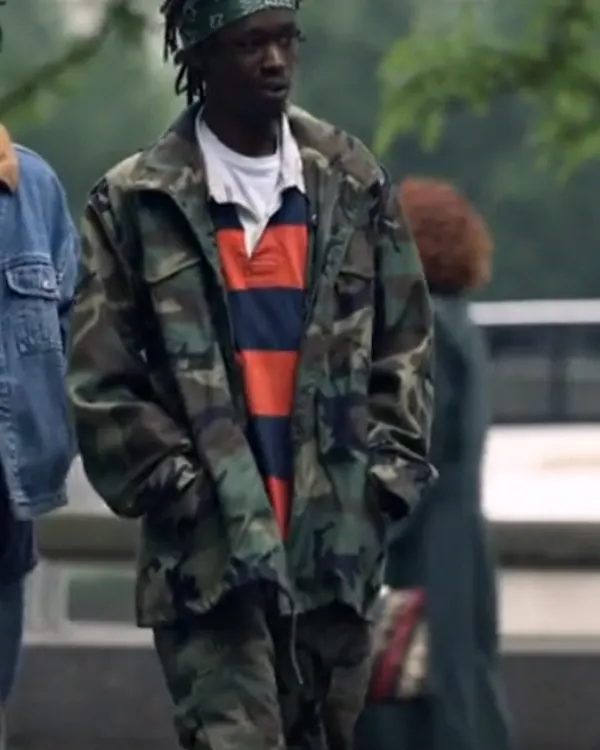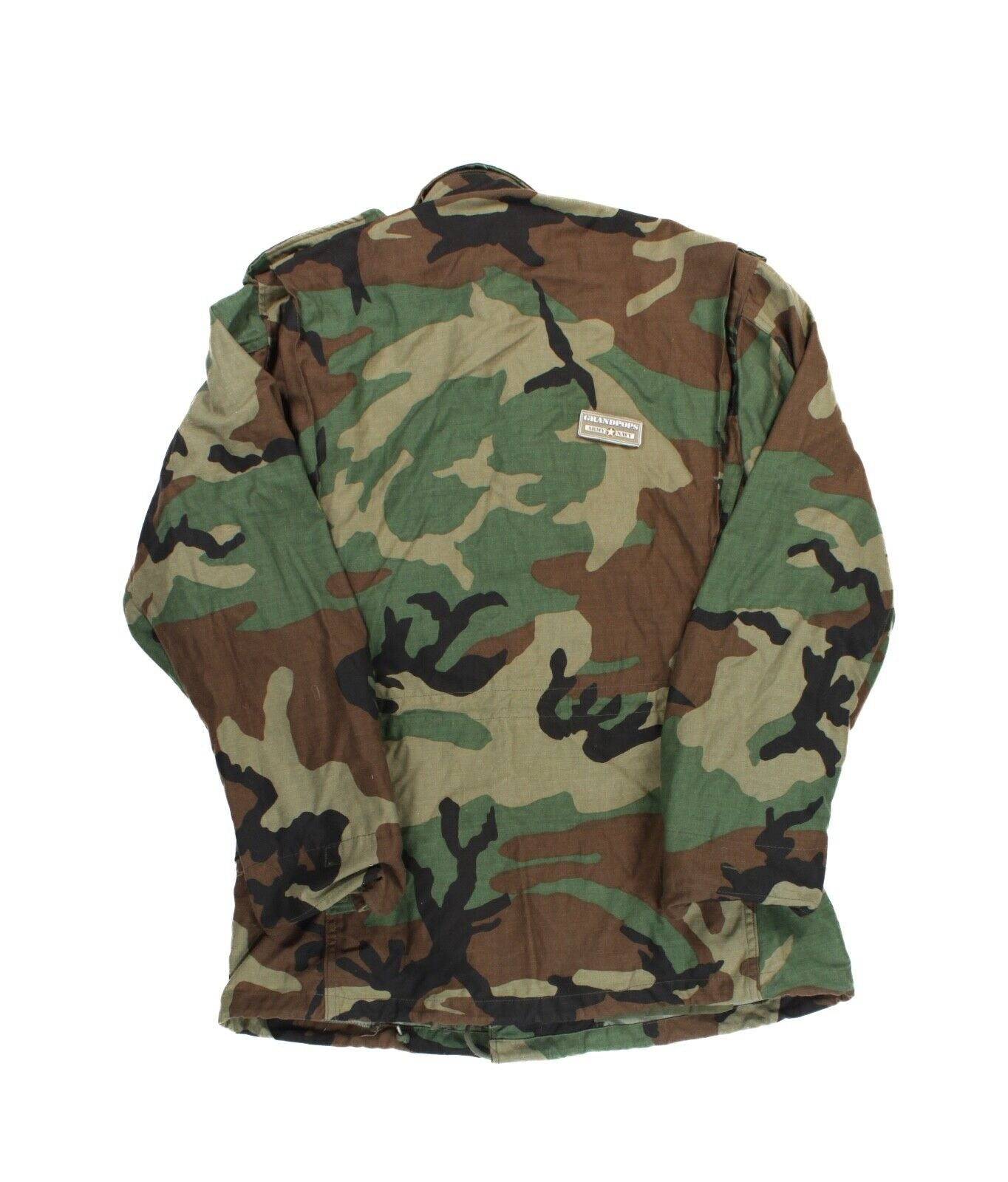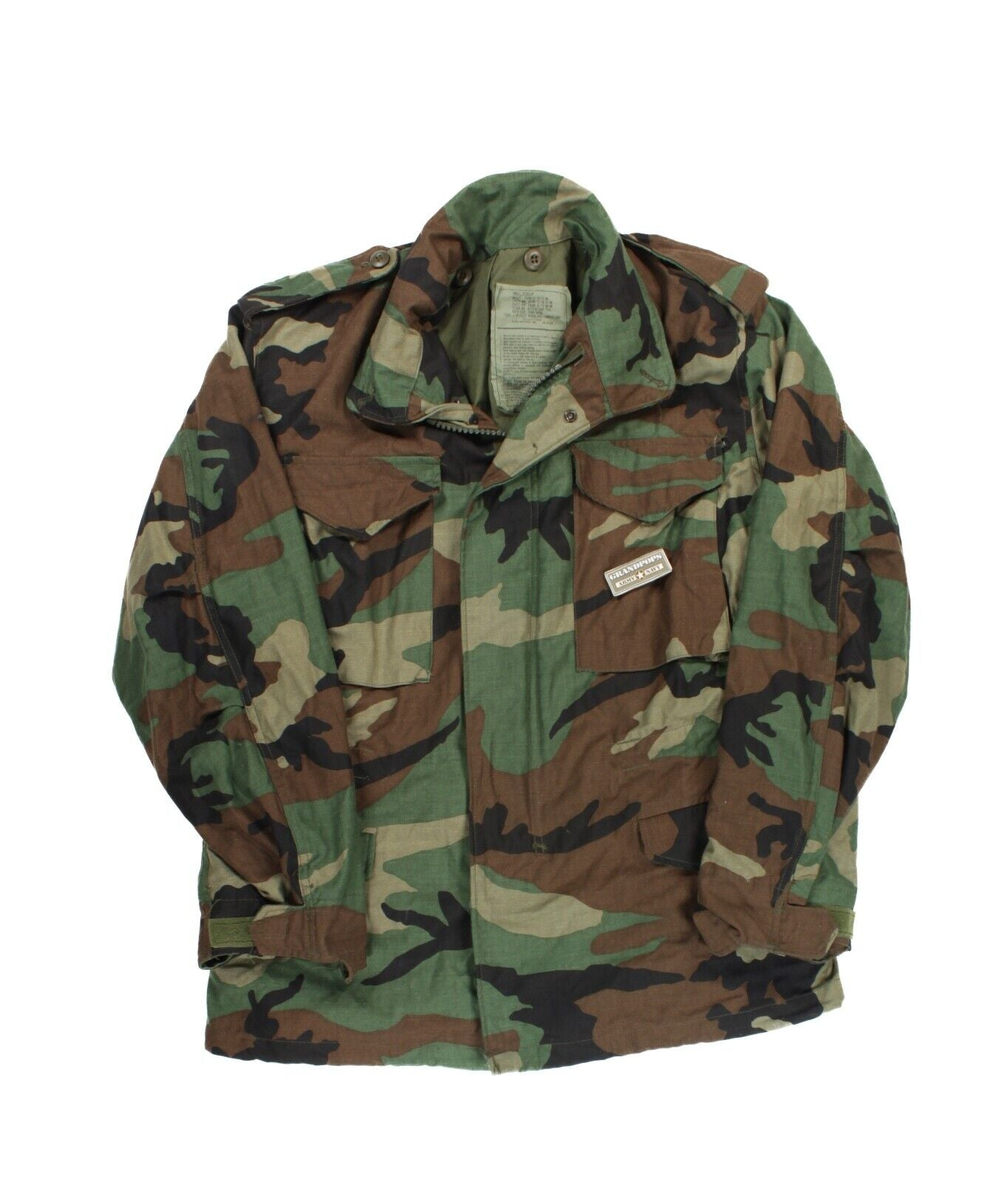Introduction
The camo jacket, a garment that seamlessly blends fashion and function, has transcended its military origins to become an iconic piece in contemporary wardrobes. With its distinctive pattern and versatile style, it continues to captivate fashion enthusiasts worldwide. This article delves into the history, evolution, styling versatility, cultural significance, and practical benefits of the camo jacket, showcasing why it remains a steadfast favorite in the ever-evolving world of fashion.
Historical Roots and Military Influence
Birth of Camouflage
The concept of camouflage dates back to the early 20th century when militaries worldwide sought ways to disguise soldiers and equipment from enemy sight. The development of disruptive patterns, inspired by nature’s own concealment tactics, led to the creation of the first camouflaged fabrics. These materials were initially used for uniforms, tents, and other tactical gear, with the aim of providing visual disruption in various environments such as forests, deserts, and urban landscapes.
Camo Jacket Enters the Scene
As the utility of camouflage became evident, it was incorporated into outerwear designs, giving birth to the camo jacket. Initially designed for military personnel, these jackets were crafted to withstand harsh conditions while offering effective concealment during combat operations. They featured sturdy construction, multiple pockets for carrying essential gear, and adjustable closures to accommodate diverse weather conditions.
Evolution and Integration into Mainstream Fashion
From Battlefields to Runways
Post-World War II, surplus military clothing, including camo jackets, found their way into civilian life. Initially adopted by counterculture movements as a symbol of rebellion and nonconformity, camo jackets gradually gained mainstream acceptance. Designers recognized the aesthetic appeal and functional qualities of the camo pattern, incorporating it into high-fashion collections and streetwear lines.
Technological Advancements and Design Innovations
Advancements in textile technology have further fueled the popularity of camo jackets. Modern versions feature lightweight, breathable, and water-resistant materials, enhancing comfort and performance without sacrificing the signature camo look. Designers also experiment with color palettes, scale, and digital printing techniques to create unique, fashion-forward camo patterns that cater to diverse tastes and trends.
Styling Versatility: Dressing Up or Down with Camo Jackets
Camo Meets Casual Wear
Camo jackets excel in casual settings, effortlessly adding a touch of edge to everyday outfits. Pair them with basic tees, distressed jeans, and sneakers for a laid-back yet stylish ensemble. Layering a camo jacket over a hoodie or sweater provides warmth and visual interest during cooler days. Accessorizing with simple jewelry or a statement cap completes the effortless, street-style-inspired look.
Camo Jackets for Smart Casual and Semi-Formal Attire
Camo jackets can also elevate smart casual and semi-formal attire when styled thoughtfully. Tuck a crisp white shirt into tailored trousers, then top off the outfit with a well-fitted camo jacket. Opt for sleek footwear like loafers or ankle boots, and consider incorporating complementary accessories like a leather belt or a structured bag. The contrast between the refined elements and the bold camo print creates a sophisticated, fashion-forward appearance.
Cultural Significance and Social Impact
Camo Jacket as a Symbol of Individuality and Self-Expression
The camo jacket has become a powerful symbol of individuality and self-expression. Its association with counterculture and nonconformity continues to resonate with those seeking to challenge societal norms and embrace their unique identities. Wearing a camo jacket can serve as a visual representation of one’s values, interests, or even political beliefs, fostering a sense of belonging within subcultures and communities.
Camo Jacket in Pop Culture and Celebrity Influence
The camo jacket has made numerous appearances in pop culture, cementing its status as a fashion icon. Celebrities, musicians, and influencers frequently sport camo jackets on red carpets, music videos, and social media platforms, inspiring fans to incorporate the trend into their own wardrobes. This widespread exposure not only drives the popularity of camo jackets but also contributes to their continuous evolution and reinterpretation in fashion.
Practical Benefits: Functionality and Durability
Practical benefits encompass the tangible, real-world advantages that a product, service, or solution offers to users. Two key aspects of practical benefits are functionality and durability. These qualities are particularly crucial when evaluating items designed for daily use or long-term investment, as they directly impact user satisfaction, efficiency, and overall value for money. In this discussion, we will delve into the significance of functionality and durability and how they contribute to the practical benefits of various products.
Functionality
Functionality refers to the range of features and capabilities a product possesses, as well as its ability to fulfill its intended purpose effectively and efficiently. A highly functional product is one that not only meets basic requirements but also excels in providing additional benefits, streamlining processes, and adapting to diverse user needs. Key aspects of functionality include:
a. Performance
A product with excellent functionality delivers optimal performance in its designated tasks, ensuring that it can handle the workload or demands placed upon it without faltering. For instance, a high-performance laptop should have a fast processor, ample RAM, and a robust graphics card to handle demanding applications and multitasking.
b. Ease of Use
User-friendly interfaces, intuitive controls, and clear instructions make a product accessible and easy to operate for users of varying skill levels. This reduces the learning curve, minimizes errors, and enhances overall user experience. For example, a smartphone with an intuitive touch interface and well-organized apps allows users to navigate and access features quickly and effortlessly.
c. Flexibility and Customization
Products that offer multiple settings, modes, or customization options cater to diverse user preferences and adapt to changing needs. This versatility ensures that the product remains relevant and useful over time. For instance, a kitchen appliance with various cooking modes and programmable settings can accommodate different recipes and dietary requirements.
d. Integration and Compatibility
Seamless integration with other devices, systems, or platforms enhances a product’s functionality by enabling interoperability and data sharing. This is particularly important in today’s interconnected world, where devices often need to work together in a larger ecosystem. For example, smart home devices that can be controlled via a central hub or voice assistants provide added convenience and efficiency.
Durability
Durability is the measure of a product’s ability to withstand wear, tear, and environmental factors over time while maintaining its intended functionality and performance. A durable product is built to last, reducing the need for frequent repairs or replacements and ultimately offering better value for money. Key aspects of durability include:
a. Quality Materials and Construction
Using high-quality materials and robust manufacturing techniques ensures that a product can withstand everyday use, resist damage from impacts, and resist corrosion or degradation due to exposure to moisture, heat, or chemicals. For example, a premium outdoor furniture set made from weather-resistant materials like teak or stainless steel will withstand harsh elements and maintain its appearance and functionality for years.
b. Resistance to Wear and Tear
Components that are designed to endure repetitive use or stress without degrading ensure that the product maintains its performance even after extended periods of operation. For instance, a high-mileage-rated tire with a robust tread design will provide reliable traction and handling over many thousands of miles.
c. Serviceability and Repairability
Products that are easily maintained, repaired, or upgraded extend their lifespan and reduce the overall cost of ownership. Access to replacement parts, clear maintenance instructions, and modular designs that facilitate component swaps all contribute to a product’s durability. For example, a laptop with user-replaceable components like RAM, storage, or battery allows for straightforward upgrades and repairs, prolonging its usability.
d. Warranty and Support
A comprehensive warranty and responsive customer support demonstrate the manufacturer’s confidence in their product’s durability and provide peace of mind for consumers. Long warranty periods, hassle-free repair or replacement processes, and access to technical assistance contribute to a product’s perceived durability and overall value.
Conclusion
The camo jacket, with its rich history, undeniable style, and practical advantages, has solidified its place in the fashion world. From its military roots to its integration into mainstream fashion, this versatile garment continues to evolve, adapting to new trends and technological advancements while maintaining its iconic status. Whether worn as a statement piece, a symbol of self-expression, or a practical outerwear option, the camo jacket remains a timeless and enduring wardrobe staple.





